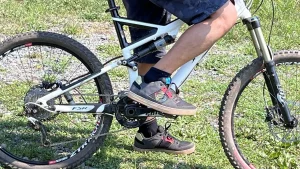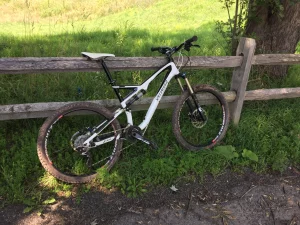Bike Wash (How to wash your bike)
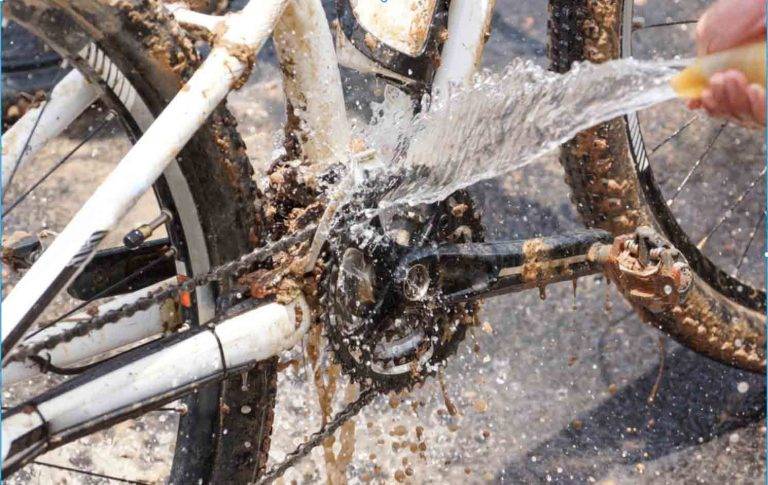
Bike Wash - WHY you should wash your bike?
Bike Wash – keeping your bike in proper working order and increase its longevity are the primary reasons you should clean and wash your bike(s) regularly. You get more out of each ride if the bike is in proper working order. And if components are clean you reduce the chances of missed issues that might turn out to be bigger problems later on.
WHEN should you wash your bike?
A ride in the rain or muddy trails might leave your bike with sticky road debris and mud on your bike. Components exposed to the elements, such as the derailleurs and shifting mechanisms, the chain, and disk brake parts, need to be cleaned. Sand and debris in derailleurs can cause shifting issues. And debris in brake components can cause braking issues, which affects bike safety. Other than causing issues on your next ride, if left unattended this could lead to you needing to replace these parts entirely. And as luck usually plays, you might need to address these when you are out on the road or planning a big riding adventure, ruining your entire ride.
So an ideal time to wash your bike is immediately after a muddy ride. You don’t want the dirt to dry up, making it difficult to remove later on.
WHAT do you need to wash your bike?
Keeping it simple, washing your bike need not be an elaborate process. There are bike specific products you can buy. I try to work with what I havem and I have not had any issues cleaning and washing my bikes with these cleaning supplies.
– car wash soap
– 1-2 old toothbrush or 2-3 short bristle brushes (for cleaning the chain)
– rags and/ or wash cloths
– car wax
– chain oil
– degreaser for brake rotors if you have disc brakes
HOW to wash your bike?
- As a first step, mount your bike on a bike stand and remove both wheels. If you don’t have a bike stand, lean the bike against a wall.
- Prepare a soap bath in a bucket
- Hose down your bike from top to bottom with plain water.
- Make sure the water removes all lose dirt and debris in this step.
- Don’t use a high pressure washer due to the risk of damaging the derailleur or other components.
- With the wash cloths, apply a liberal layer of soapy water to the bike. Make sure the soap is in all parts of the bike, including the handle bars and seat.
- Even the components and chain need the soapy water.
- Let the soap stay on for a few minutes for the suds to loosen the dirt.
- To clean the chain, you can use either 1 or 2 brushes. Dip them in the soap water. Hold the tooth brush in one spot and pedal backwards. You might see debris flying out, so adjust the brush position accordingly. Pedal back at least 15-20 times. Repeat this steps a couple of times. Clean the brush(es) between each try.
- To clean the derailleur, use a toothbrush with no debris or dirt. Dip it in the soapy water and clean out the springs and spring mechanisms.
- To clean the wheels let the rims and hubs soak with soap for a few minutes.
- To clean the rear cassette, apply ample soap and let it soak between the cassette cogs to loosen dirt and grease.
- With a bristled brush or rag clean the gaps between the cogs.
- Hose down the bike again with plan water, making sure the soap is removed from all parts, components, and chain.
- Dry the bike with your wash cloths.
- Air dry the bike to make sure any left over moisture is gone. If you have access to compressed air, use it to remove water in any hard to reach places.
- Once the bike is completely dry add a thin layer of wax on the frame. Wax has helped less debris from sticking to my bike, making cleaning it a lot easier.
- Oil the derailleur and bike chain. Use 1 drop of oil/ lube for each chain link. Let it soak for a few minutes. Lightly hold a rag over the chain as you pedal back 2-3 times to absorb the excess fluid.
- If you are able to remove the front wheel and have disk brakes, clean the brake rotors with degreaser. This should help clear out any brake pad residue. This might also be a good time to check brake wear and replace if needed. If you have rim brakes, clean out the rim on the wheels and inspect the wear on the rim brake pads, and chance them if needed.
- Enjoy your fresh bike and prepare for your next ride!
Conclusion
Washing your bike is not only a good bike maintenance practice, but is also an opportunity to inspect the bike for any issues big and small. Cracks in frames might go unnoticed when covered in dirt. Bent spokes and wobbly wheels might also not be prominent on rides. So when you clean your bike, you come in close contact with almost all the bike parts and can help improve the longevity of your machine, and also help keep you safe.
Hope you found this useful. Check out my other cycling posts as well.
